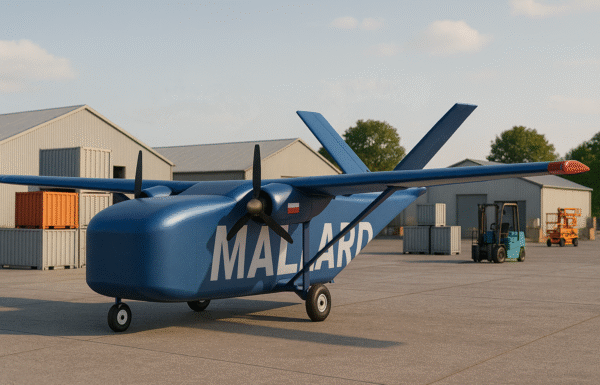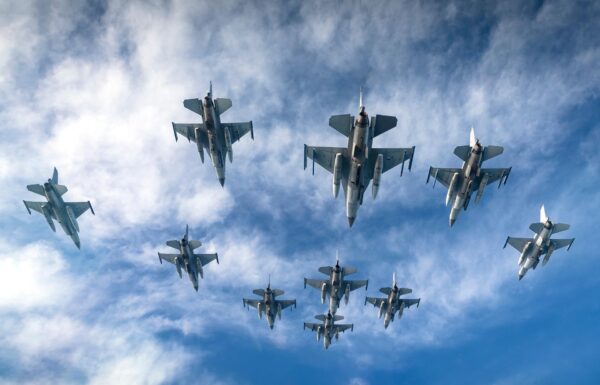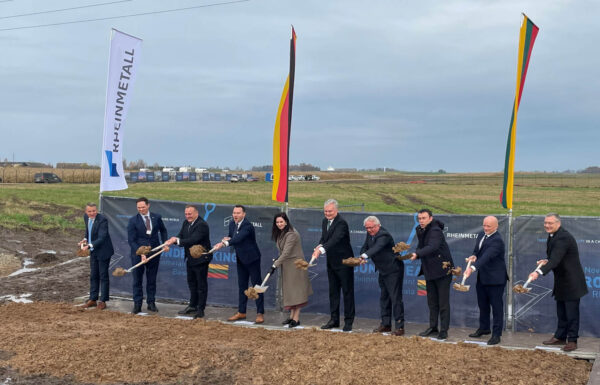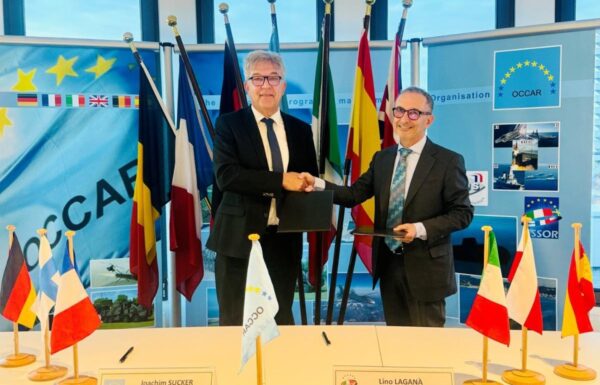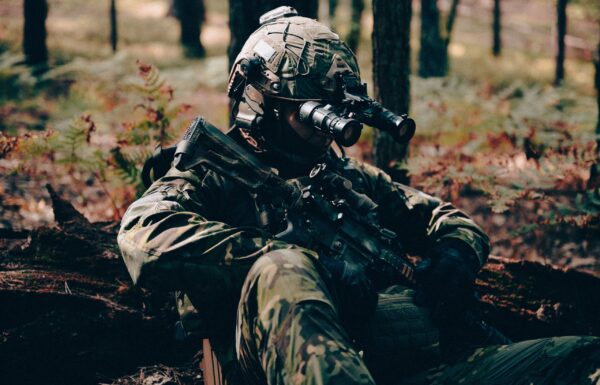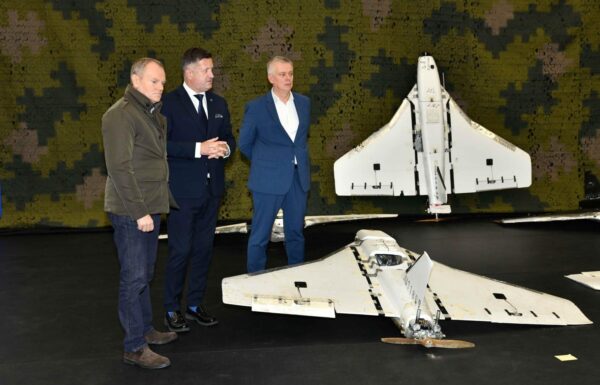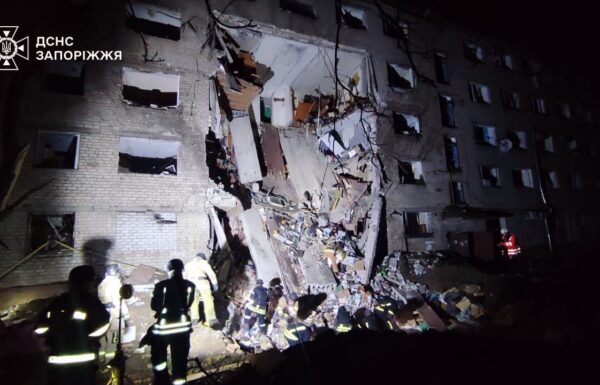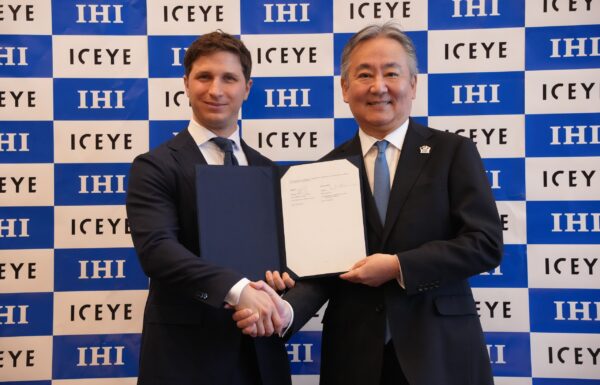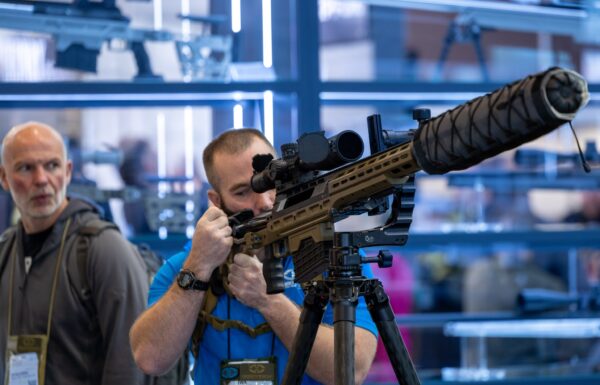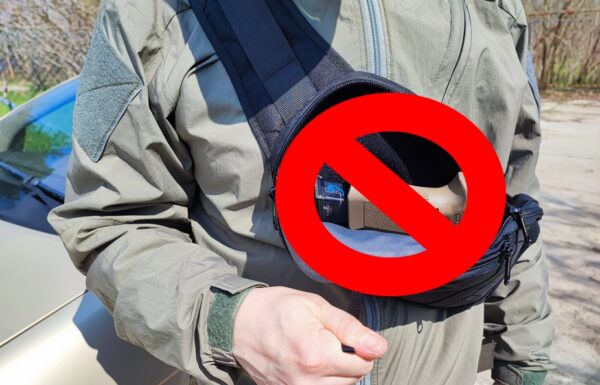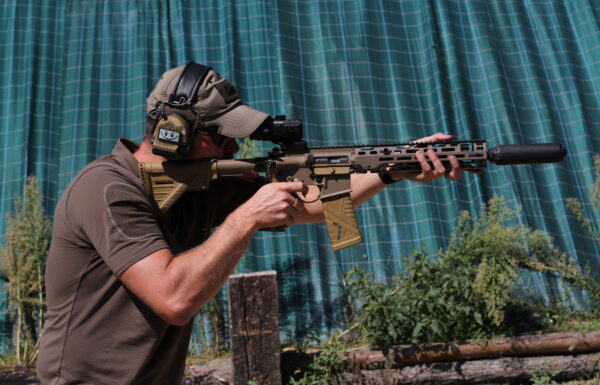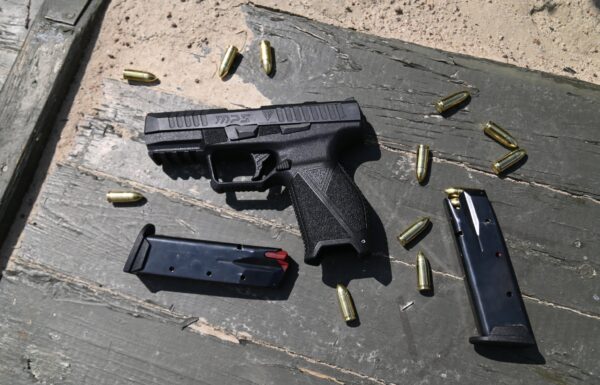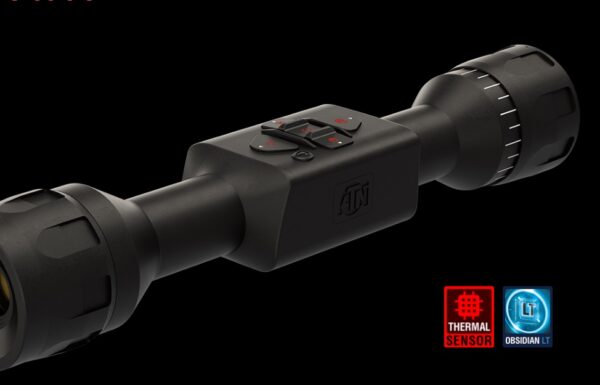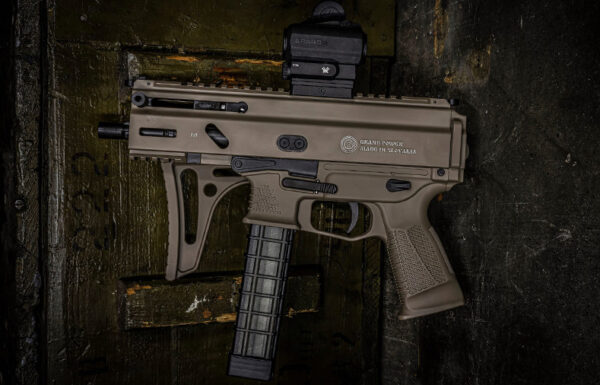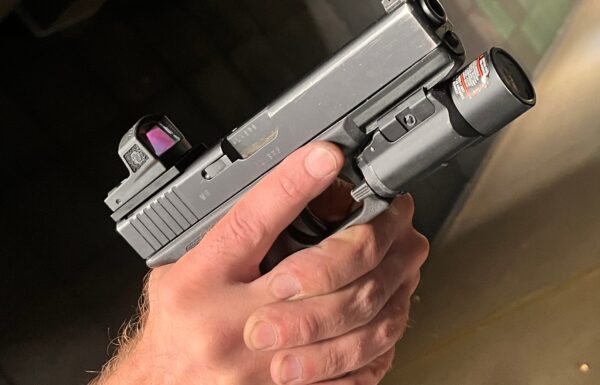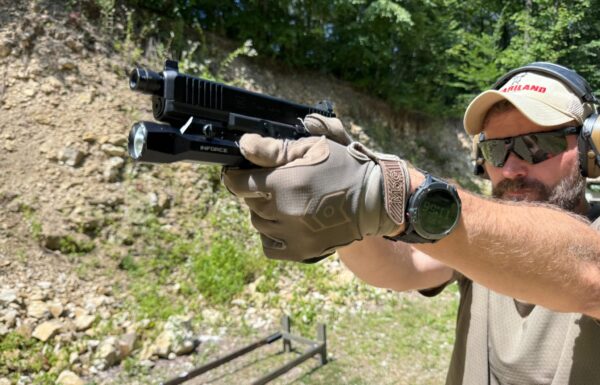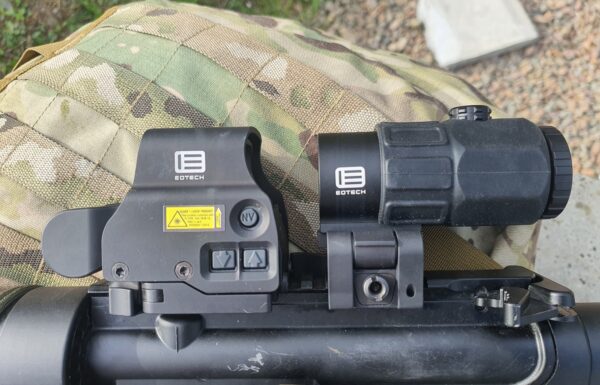On Friday, March 28, 2025, the U.S. Army Contracting Command (ACC) based at Redstone Arsenal, Alabama, acting on behalf of the U.S. Department of Defense, awarded a contract worth 47,666,848 USD to Northrop Grumman Systems Corp. (a subsidiary of Northrop Grumman) for the provision of logistics support services for the Integrated Battle Command System (IBCS) in the Polish Armed Forces.
 Photo: Ministry of National Defence
Photo: Ministry of National Defence
Only one bid was received in the tender procedure. The work will be carried out at Northrop Grumman Systems Corp. facilities in Huntsville, Alabama, with an expected completion date of December 31, 2029. The entire funding comes from the Foreign Military Sales (FMS) program for Poland and was obligated at the time the contract was awarded.
In the Polish Armed Forces, the IBCS system is currently integrated with the medium-range Patriot/Wisła air defense system and is also planned to be part of the future short-/medium-range Narew system. Poland is the only export user of IBCS to date, with the U.S. Army serving as the primary operator.
This is the third contract related to the IBCS system for Poland this year alone. On February 12, Northrop Grumman announced that it had received two contracts from the U.S. Department of Defense totaling 1.4 billion USD for the production of additional IBCS components for both the U.S. Army and the Polish Armed Forces. Earlier, on January 2, the company was awarded a contract worth 481.33 million USD for software updates and enhancements to the IBCS system in the Polish Armed Forces.
Previously, on May 14, 2024, the company received a 49.03 million USD contract for continued production of IBCS components for Poland.
On May 15, 2023, deliveries of system components began, including 12 radio relay terminals mounted on trailers as part of the Integrated Fire Control Network (IFCN). The delivery of additional, unspecified IBCS components for the first battery of the Wisła air and missile defense system (MIM-104F Patriot PAC-3+ Post-Deployment Build 8) was announced by the Armament Agency on May 25, following delivery the day before. The next shipment of IBCS elements—for the second Wisła battery—was completed on July 17 and included IFCN radio terminals, S-280 server shelters, and command posts. In the meantime, on June 9, 2023, the U.S. Army signed a 19.7 million USD contract with Northrop Grumman Defense Systems Sector for the production of an IBCS simulator for Poland.
As a result, training of Polish soldiers on the system began as early as June 28, 2023, and on September 8, the IBCS reached Initial Operational Capability (IOC) within the Polish Armed Forces. The first exercise integrating IBCS with the Wisła/Patriot system was Sochaczew-23, conducted on August 11 at the 32nd Air Base in Łask. On October 5, the process of achieving Initial Operational Readiness was officially launched, and it was completed on December 18, 2024.
In the meantime, on September 11, 2023, Poland received approval to purchase additional IBCS systems for the second phase of the Wisła program, as well as for the Narew program. The intergovernmental agreement was signed on February 29, 2024. The most recent contract marks the beginning of this phase’s implementation.
Meanwhile, as part of Poland’s contribution to the IBCS configuration for the Polish Armed Forces, on December 23, 2024, Military Communications Works No. 1 (Wojskowe Zakłady Łączności Nr 1) delivered additional F-OPS Command Shelters to the Armament Agency.
At the heart of the IBCS system is the EOC command and battle management shelter, which consists of three components: C-OPS (Current Operations IBCS EOC), E-OPS (Engagement Operations IBCS EOC), and F-OPS (Future Operations IBCS EOC).
C-OPS is responsible for monitoring and controlling the current activities of own units, while E-OPS is focused on intercepting emerging threats. F-OPS, in turn, will be used for planning future operations of own units and will be employed at the battalion command level.
Polish EOC shelters (C-OPS and E-OPS) are transported using TS DOW (Command and Control Shelter Transporter) vehicles equipped with sub-container frames. They are complemented by operator stations, initially housed in ICE (Integrated Collaborative Environment) tents and eventually in containerized modules, along with additional equipment — including container-based server shelters (S-280) and 12 radio relay terminals mounted on trailers as part of the Integrated Fire Control Network (IFCN).
It is worth adding that the Polish IBCS system includes R-460AM-2 digital radio relay, developed by the Transbit company from Warsaw, whose task is to establish high-capacity radio communication over long distances of around 30 km, mainly through mobile digital communication nodes (RWŁC-10/T), which form the foundation of radio relay communication in the Polish Armed Forces. The company is also an integrator of computer communication systems in the Wisła program (but also Narew and Pilica+), it manufactured the Polish telecommunications part of the EOC cabin, and the delivered systems meet Northrop Grumman’s requirements.



